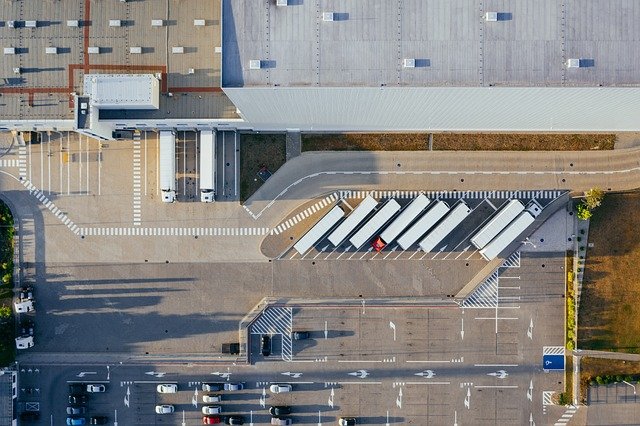Digital tools that streamline booking, tracking and check-in
Digital platforms are reshaping how passengers and cargo move by linking bookings, tracking and check-in into unified workflows. These tools help manage itineraries, optimize routes and coordinate fares while enabling operators to monitor emissions and meet compliance requirements.

Modern digital tools consolidate many previously separate functions—booking, tracking and check-in—into coordinated systems that help operators and passengers manage complex itineraries and routes. By connecting mobility, transit and logistics workflows, platforms reduce manual handoffs, improve scheduling accuracy and make lastmile and long-haul planning more transparent. These integrations also provide data that supports sustainability goals by tracking emissions and informing routing choices that balance cost, time and environmental impact.
Mobility and passenger experience
Digital solutions for mobility focus on creating smoother experiences for passengers while giving operators better visibility. Mobile apps and web portals centralize bookings, display real-time transit status and allow passengers to manage itineraries and fares from a single interface. For operators, consolidated passenger data supports demand forecasting, dynamic scheduling and targeted communications during delays. Integrating digital identity and contactless options also speeds check-in and boarding, reduces queuing and improves compliance with identification and security rules.
How transit scheduling and routes benefit
Transit authorities and service providers use scheduling tools to align vehicle dispatch with demand, optimize route networks and reduce idle time. Advanced route planning considers time-of-day demand, traffic patterns and historical performance to suggest adjustments that lower wait times and improve fleet utilization. These systems often integrate with real-time tracking feeds so schedules can adapt dynamically, assisting dispatchers to manage disruptions and reroute vehicles when necessary, including coordinating local services and connections for passengers making transfers.
Bookings, fares and itinerary management
Booking platforms handle inventory, fares and seat or cargo reservations while offering flexible itinerary management for changes and cancellations. Centralized fare engines enable consistent pricing across channels and support concessions or integrated ticketing between operators. For passengers and shippers, self-service tools reduce administrative load by letting users view bookings, print or store digital tickets, and receive automated notifications about schedule changes. For operators, consolidated booking records simplify reconciliation and regulatory reporting.
Cargo, logistics and lastmile coordination
Logistics platforms bridge long-haul freight planning with lastmile delivery orchestration. Digital manifests, route optimization algorithms and shared tracking improve handoffs between carriers, warehouses and local couriers. By exposing cargo status to all stakeholders, these tools reduce dwell times, prevent double handling and improve on-time delivery rates. They also enable better scheduling of loading windows and resource allocation, helping balance capacity for passengers and cargo where multi-use assets are involved.
Tracking, compliance and emissions monitoring
Real-time tracking systems collect location, speed and status data for vehicles and shipments, supporting both operational decisions and regulatory compliance. Aggregated data helps calculate emissions for specific routes or vehicle types, informing sustainability initiatives and corporate reporting. Compliance modules track inspections, driver hours and maintenance schedules to reduce regulatory risk. When combined, tracking and emissions analytics make it possible to compare routing options for environmental impact alongside cost and service-level objectives.
Check-in, digital identity and operational flow
Check-in systems that integrate digital identity, biometric options and contactless validation speed passenger movement through terminals and gates while maintaining security standards. For cargo, digital check-in reduces paperwork and accelerates customs clearance by attaching verified documents to shipments. Tightly linked check-in and tracking reduce uncertainty around arrival times and resource needs, smoothing operational flows from curbside to lastmile delivery. These capabilities improve throughput and can reduce dwell times that contribute to emissions and costs.
Conclusion
When booking, tracking and check-in are managed through interconnected digital tools, operators gain clearer visibility into routes, scheduling and resource utilization while passengers and shippers benefit from more predictable itineraries and smoother interactions. Data-driven coordination supports compliance and sustainability efforts by enabling measurable reductions in emissions and operational inefficiencies, helping systems balance passenger needs, cargo demands and environmental objectives.





